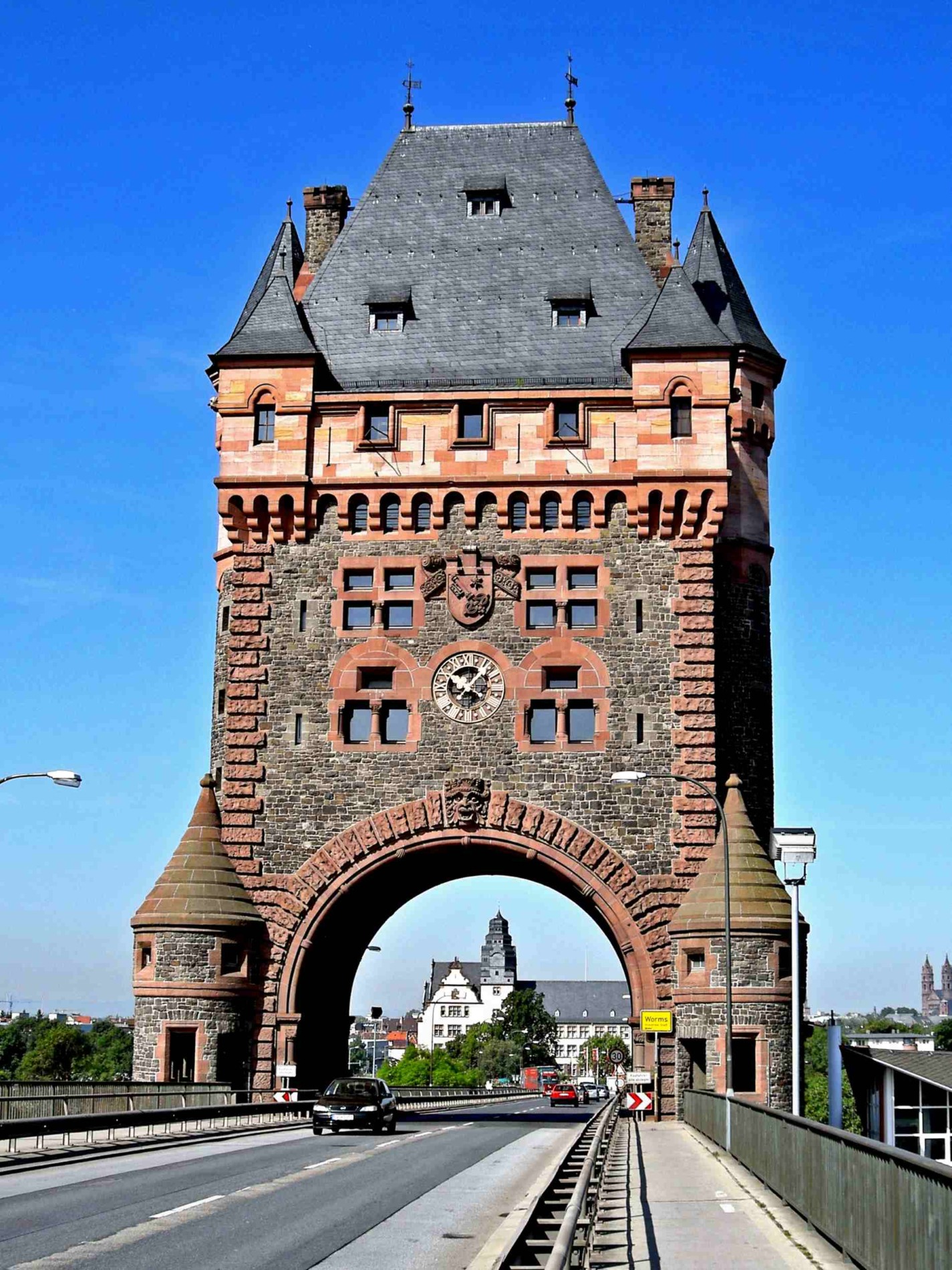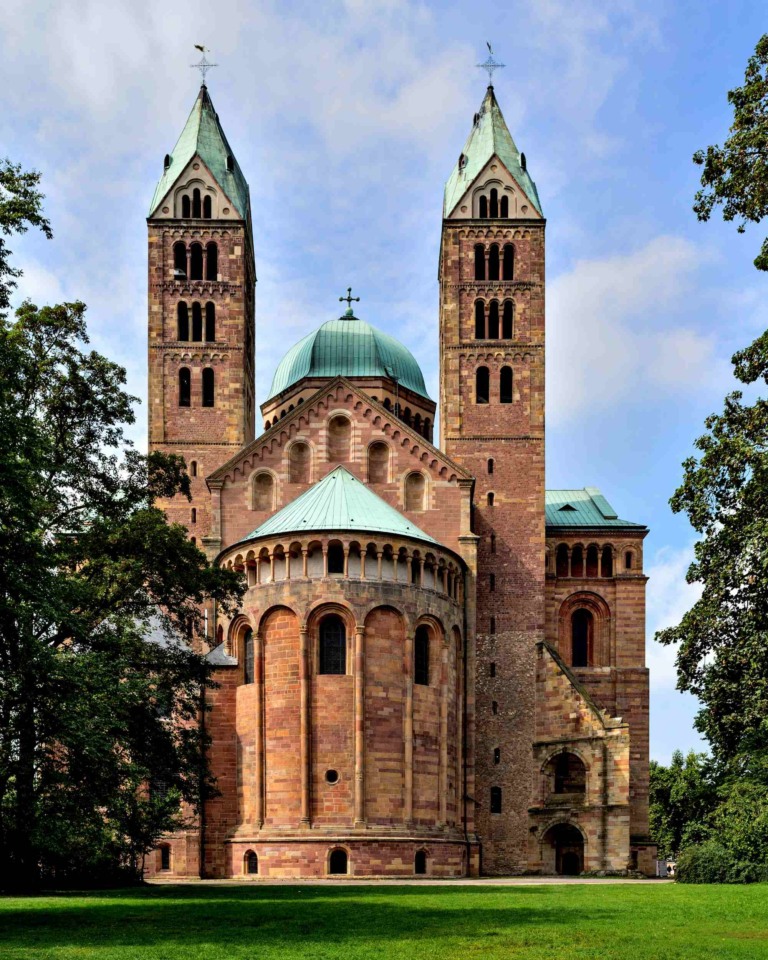ShUM Sites of Speyer Worms Mainz: The ShUM Sites of Speyer, Worms, and Mainz are UNESCO World Heritage Sites that encompass three historic Jewish communities in Germany: Speyer, Worms, and Mainz. ShUM stands for the Hebrew initials of these cities, which were significant centers of Jewish culture and scholarship during the Middle Ages.
ShUM Sites of Speyer Worms Mainz
Speyer Jewry-Court
1. Speyer: The Jewish community in Speyer dates back to the 11th century and was one of the most influential Jewish communities in medieval Europe. The Speyer Synagogue, constructed in the 12th century, is a rare surviving example of Romanesque synagogue architecture. It showcases the architectural and cultural achievements of the Jewish community in Speyer.
Worms Germany
2. Worms: The Jewish community in Worms has a history that spans over a thousand years. The Worms Synagogue, also known as the Rashi Synagogue, was built in the 11th century and is named after the famous Jewish scholar Rashi. It is one of the oldest preserved synagogues in Europe and reflects the architectural and religious traditions of the time.
Mainz Germany
3. Mainz: The Jewish community in Mainz was renowned for its intellectual and scholarly achievements. The Mainz Synagogue, built in the 10th century, was an important center of Jewish learning. It represents the architectural and cultural heritage of the Mainz Jewish community.
The ShUM Sites highlight the significant contributions of these Jewish communities to medieval Jewish culture, education, and religious life. They were centers of Jewish scholarship, where important religious texts were studied and commented upon, and where vibrant Jewish communities thrived.
Visitors to the ShUM Sites can explore the synagogues, learn about the history of these communities, and gain insights into the rich Jewish heritage of the region. The UNESCO World Heritage designation in 2021 recognizes the exceptional universal value of the ShUM Sites, preserving them as important cultural and historical landmarks. They serve as a testament to the long-standing presence and cultural contributions of Jewish communities in Germany.
ShUM Sites of Speyer Worms Mainz Heritage Traveling
ShUM Heritage Travel Guide: Heritage travel to the ShUM Sites in Speyer, Worms, and Mainz is a fascinating journey through Jewish history in Germany. These three cities were once home to prominent Jewish communities and played a significant role in shaping Jewish culture and scholarship in medieval Europe. Here’s some information to guide you on your heritage travels to these sites:
Speyer FAQ
- i) Located in the Rhineland-Palatinate state, Speyer is home to one of the oldest and most renowned Jewish communities in Germany.
- ii) The Speyer Synagogue, built in the 12th century, was one of the largest and most impressive synagogues of its time. It is now a UNESCO World Heritage Site.
- iii) The Jewish Courtyard (Judenhof) in Speyer is another significant location. It contains remnants of medieval mikvaot (ritual baths) and offers insights into the daily life of the Jewish community.
Worms FAQ
- i) Worms, also located in the Rhineland-Palatinate state, has a rich Jewish history that dates back over a thousand years.
- ii) The Worms Synagogue, built in the 11th century, was a center of Jewish learning and is often referred to as the “Rashi Synagogue” due to its association with the famous biblical commentator, Rashi.
- iii) The Jewish Cemetery in Worms is one of the oldest and most well-preserved Jewish burial grounds in Europe. It is a testament to the enduring presence of Jewish life in the region.
Mainz FAQ
- i) Mainz, the capital of the Rhineland-Palatinate state, was another important center of Jewish culture and scholarship in medieval times.
- ii) The Mainz Synagogue, also known as the “Shusterhaus Synagogue,” is a reconstructed synagogue that offers insights into the architectural and cultural heritage of the Jewish community.
- iii) The Jewish Cemetery in Mainz is one of the oldest Jewish burial sites in Germany, dating back to the 11th century. It is home to over a thousand gravestones, including those of notable rabbis and scholars.
While visiting these ShUM Sites, you can explore the synagogues, courtyards, cemeteries, and other relevant landmarks. Additionally, local museums and cultural institutions often provide exhibitions and information about the Jewish history of these cities. It is advisable to check for guided tours or informational materials that can enhance your understanding of the heritage and significance of these sites.
Remember to check the opening hours and any specific regulations for visiting these locations, as well as any COVID-19-related restrictions that may be in place at the time of your visit. Enjoy your heritage travel and the exploration of these historically significant ShUM Sites!


